Indigenous peoples___
“peoples in independent countries who are regarded as indigenous on account of their descent from the populations which inhabited the country, or a geographical region to which the country belongs, at the time of conquest or colonisation or the establishment of present state boundaries and who, irrespective of their legal status, retain some or all of their own social, economic, cultural and political institutions.”
Indigenous Peoples help protect our environment, fight climate change, and build resilience to natural disasters, yet their rights aren't always protected. While Indigenous Peoples own, occupy, or use a quarter of the world's surface area, they safeguard 80% of the world's remaining biodiversity.
BRIEF 1
INDIGENOUS WISDOM
learn from indigenous peoples___
https://www.greenbiz.com/article/4-things-we-can-learn-indigenous-wisdom
what defines indigenous people___
https://www.regjeringen.no/en/topics/indigenous-peoples-and-minorities/Sami-people/midtspalte/What-Defines-an-Indigenous-People/id451320/T
Why we should care about indigenous people___
https://blogs.worldbank.org/voices/three-reasons-why-we-should-all-care-about-indigenous-peoples
Indigenous artwoks___
https://canadianart.ca/essays/ten-indigenous-artworks-changed-imagine/
Artist artwork___
https://www.jimmynelson.com/people/ladakhi
Photography of Brokpa tribe___
http://www.tessabunney.co.uk/explorations/bhutan/
BROKPA TRIBE
India-administered Jammu and
Kashmir regioni
Indigenous wisdom___
is human wisdom, which has been miraculously preserved by Native people.
For thousands of years, as people indigenous to the Earth, we all prioritized a relationship with nature, grounded in kinship, centered around reciprocity, and infused with reverence.
Things I learned from indigenous wisdom keepers___
https://www.yesmagazine.org/opinion/2021/06/04/what-i-learned-from-indigenous-wisdom-keepers
Indigenous___
indigenous is (chiefly|of living things) born or engendered in, native to a land or region, especially before an intrusion while native is belonging to one by birth.
https://en.wikipedia.org/wiki/Brokpa
https://www.business-standard.com/article/news-ians/climate-change-effect-ladakhi-tribe-no-longer-vegan-117080800508_1.html
https://yourstory.com/2017/08/ladakhi-tribe-climate-change-diet/amp
https://www.peta.org/living/food/himalayan-tribe-vegan-5000-years/
https://www.onhisowntrip.com/a-5000-year-old-rare-tribe-the-brokpas-of-ladakh/
https://theveganreview.com/the-brokpa-tribe-thousands-of-years-of-veganism-lost-to-climate-change/
https://www.dailymail.co.uk/travel/travel_news/article-3684601/Stunning-photos-reveal-nomadic-lives-Brokpa-tribe-brink-change-remote-corners-Bhutan-begin-modernise.html (they talk about using and depending on animal use???)
https://english.newstrack.com/trending/climate-change-effect-ladakhi-tribe-no-longer-vegan-72443.html
https://sinchi-foundation.com/news/claims-of-aryan-ancestry-challenging-the-lifestyle-of-vegan-and-matriarchal-brokpa/
http://letusgoto.com/2017/05/21/brokpa-the-last-pure-aryan-race-and-pregnancy-tourism/
https://sanctuarynaturefoundation.org/article/life-as-a-brokpa
https://travelshoebum.com/2018/01/26/brokpas-of-ladakh-culture-portraits/
https://theveganreview.com/the-brokpa-tribe-thousands-of-years-of-veganism-lost-to-climate-change/
http://www.krepublishers.com/02-Journals/S-EM/EM-02-0-000-08-Web/EM-02-2-000-08-Abst-PDF/EM-02-2-077-08-099-Bhasin-V/EM-02-2-077-08-099-Bhasin-V-Tt.pdf
https://openthemagazine.com/art-culture/the-last-of-the-aryans/
https://www.tandfonline.com/doi/abs/10.1080/09735070.2008.11886318
Brokpa tribals of Ladakh (Ladakhi tribe) , who claim to have been vegans for some 2,200 years of their existence, are slowly opting for an alternative diet comprising dairy products, eggs and meat — thanks to climate change.
Climate change has made summers and winters warmer and brought on pests, which have wreaked havoc on traditional crops, forcing the Brokpa to change their lifestyle.
The variety in agriculture has increased but production has dropped drastically, mostly due to the pests and depleting soil health. This is one of the major reasons, along with migration, that consumption of meat and dairy products is becoming common.
The traditional Brokpa diet is based on locally grown foods such as barley and hardy wheat prepared most often as tsampa/sattu (roasted flour). It takes in different ways. Other important foods include potatoes, radishes, turnips, and Gur-Gur Cha, a brewed tea made of black tea, butter and salt.
The Brokpa people live in remote, eastern Bhutan, in the villages of Merak and Sakten - as they've done for centuries
These villages are inhabited by a tribe called Brokpa, who are said to be the last pure Aryan race. And women from different countries come to these villages just be get impregnated by men they believe to be racially pure Aryans and go back to their country with seeds of pure Aryan race.
“In Ladakh, ‘Brokpa’ is considered derogatory,” he says. The community is stereotyped as an inferior, dirty, uncivilised people; a Ladakhi proverb warns never to store an axe over one’s head, nor have a Brokpa nearby. But tourists, they have an entirely different point of view. “Tourists look at us with respect,” says Gailtsen, “They look at us as a pure race, as the few that haven’t been assimilated.” They help stoke Brokpa pride.
‘pure’ and ‘exotic’
HISTORY OF VEGANISM AND VEGETARIANISM
https://www.iamgoingvegan.com/vegan-cultures/
https://theveganreview.com/vegan-prehistoric-ancestors-hunter-gatherers/
http://www.ivu.org/history/native_americans.html
https://www.reddit.com/r/vegan/comments/2qk454/were_there_any_ancient_tribes_or_societies_who/
https://www.livekindly.co/history-veganism-around-world/
https://time.com/3958070/history-of-veganism/
https://www.vrg.org (THE VEGETARIAN RESOURCE GROUP)
https://www.quora.com/Are-there-any-indigenous-people-who-are-or-were-vegans-or-vegetarians
https://www.independent.co.uk/life-style/health-and-families/veganism-environmental-impact-planet-reduced-plant-based-diet-humans-study-a8378631.html
https://www.dasym.com/deconstructing-the-vegan-diet/
There have been no completely vegan cultures in known human history. However, many successful societies have eaten a mostly plant-based diet, including some of the healthiest and longest-living populations. Religions like Buddhism, Jainism, and Hinduism have also incorporated vegetarian ideas for thousands of years.
Most vegetarian or vegan societies have philosophical beliefs that shaped their diet. In India, the poet Valluvar contributed to these beliefs. Valluvar is believed to have been born in the year 31 BCE. The Tirukkural is his most famous work, and it features writings on ethics. The 26th chapter specifically outlines a “non-animal” diet and later chapters explore themes of non-violence.
"Now we, their descendants, must recapture the spirit of the ancient traditions for the benefit of all people. We must move away from the European influences that did away with a healthier style of living. We must again embrace our brothers and sisters, the animals, and "return to the corn" once and for all."
- Rita Laws is Choctaw and Cherokee. She lives and writes in Oklahoma. Her Choctaw name, Hina Hanta, means Bright Path of Peace, which is what she considers vegetariansim to be. (person who wrote the article of history of vegetarianism)
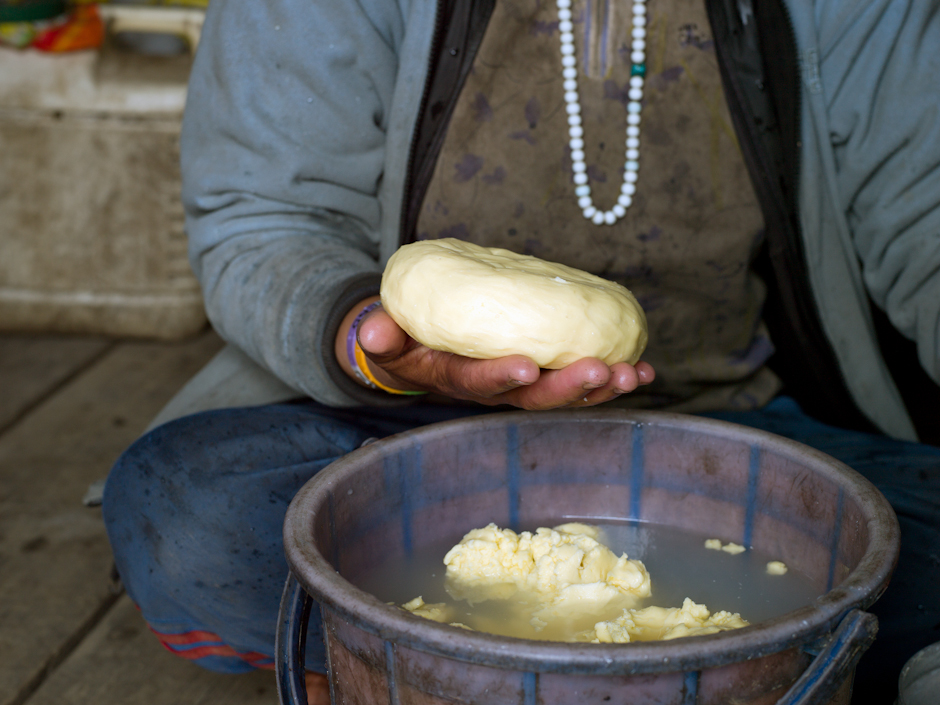
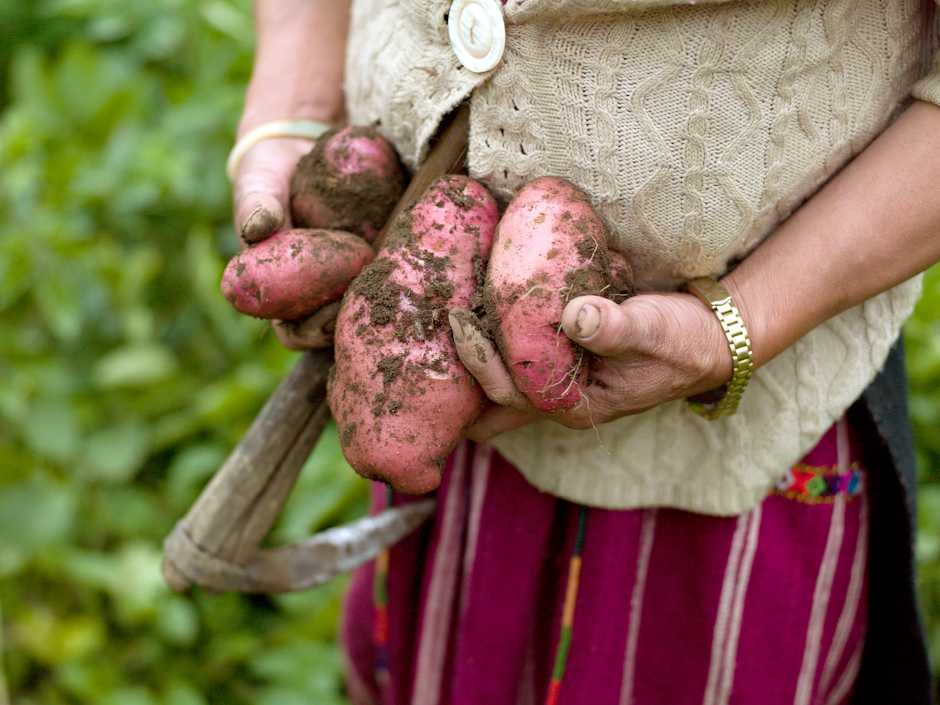
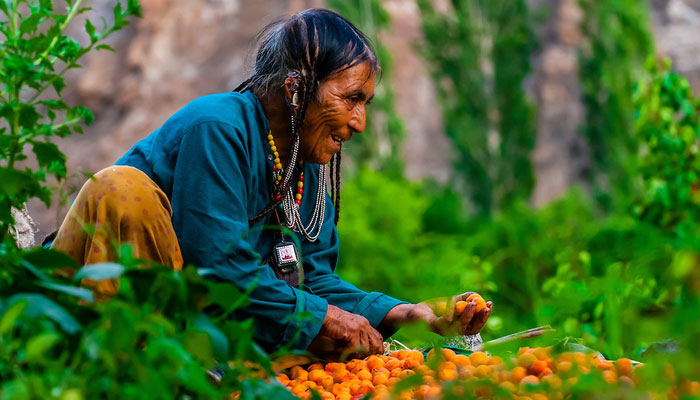
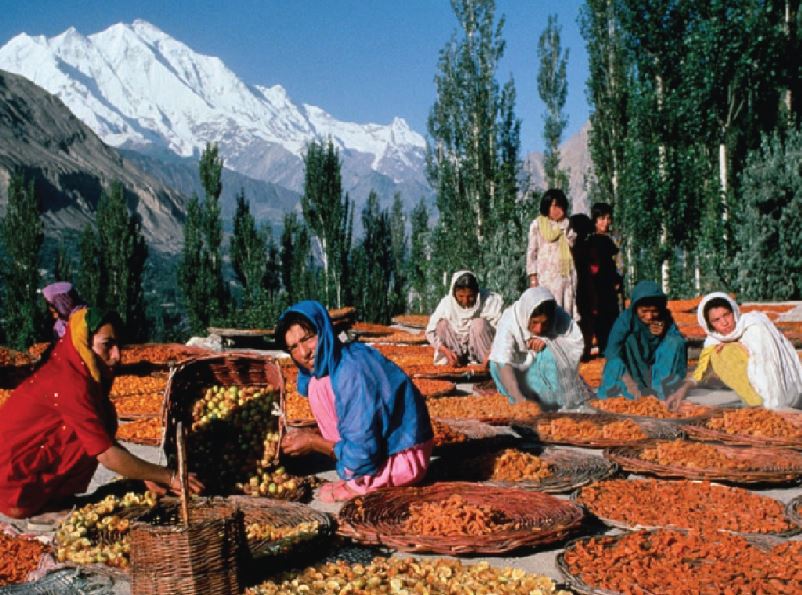
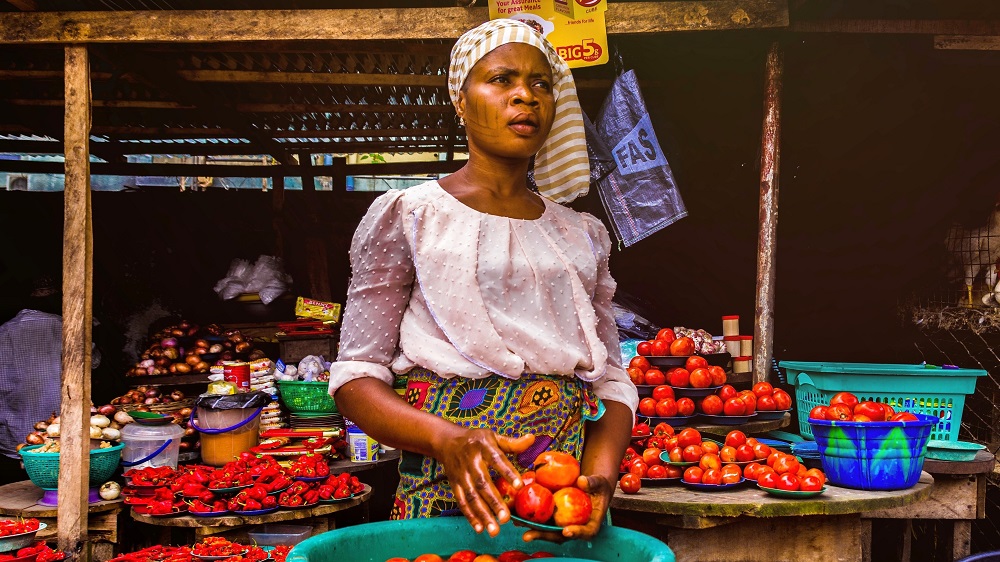
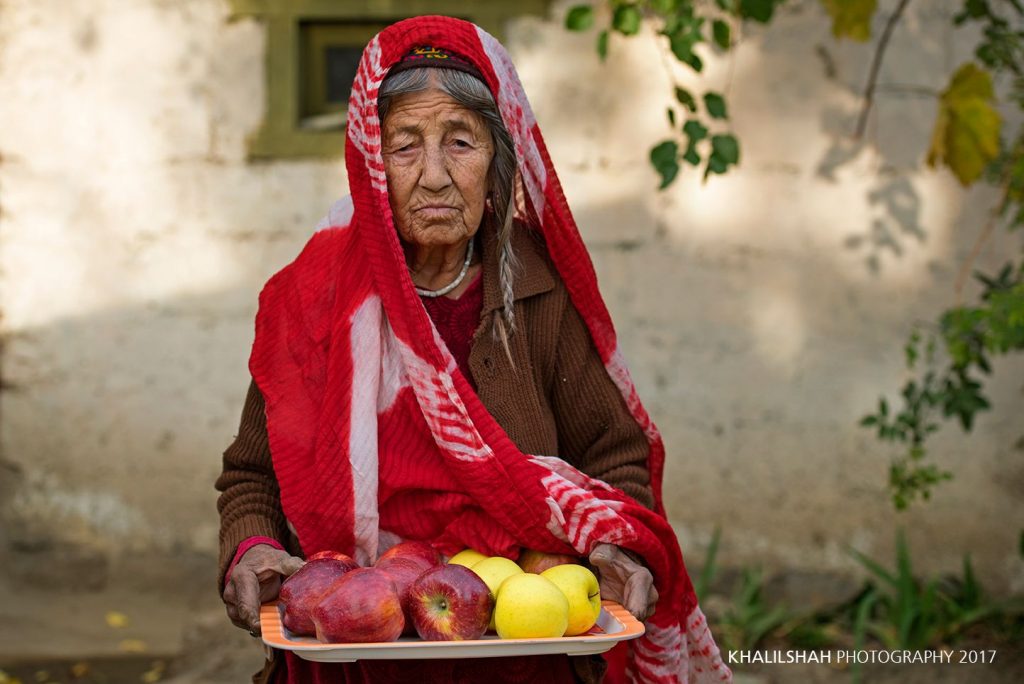
BROKPAS - CLIMATE CHANGE - FASHION
A piece inspired by the Brokpa tribe in order to create awareness for the climate change impact and restore balance in our society.
A thin line between history, tradition, fashion and sustainability.
Long-term- tribe can be vegan again; prevent for it to happen to every culture/tribe.
Not necessarily for society to become vegan but to consider the benefits it has for the environment.
To take climate change more seriously because it can and will affect our lifes and what we believe in just like it did to this tribe.
By getting it out in the public it gets attention from those interested in climate change, history and fashion.
By making a clothing piece there is this idea of feeling in your skin what this tribe felt on being forced to do something against their beliefs and history.
Art is dying in Ladakh
Reconnect society with nature
Different perspective on the subject
Maybe if it profits we can use the money to give the tribe supplies they need
https://www.vogue.com/article/indigenous-fashion-designers-cultural-appropriation-activism
https://alexandrasipa.com
https://graduateshowcase.arts.ac.uk/projects/249359/cover
https://www.jigmatcouture.com
https://abury.net/blogs/abury-blog/brokpa-community-ladakh
https://www.instagram.com/fashionforgood/
https://www.instagram.com/jeannedekroon/
GARMENT AND MATERIALS INSPIRATION
CAMPAIGN - STYLING - SHOOT
LINKS BROKPAS RESEARCH
https://boltthreads.com
https://www.biophilica.co.uk
https://www.instagram.com/treekindmaterials/
FRUITS - VEGETABLES - PLANTS THAT GROWN IN LADAKH
Apricots (yellow orange), Apples , Wheat , Barley , Leh berry (seabuckthorn?), Cherry , Walnut , Radish , Turnips , Almonds
seabuckthorn (Hippophae spp.), wild roses of pink or yellow varieties, tamarisk (Myricaria spp.), caraway, stinging nettles, mint, Physochlaina praealta, and various grasses.
Aquilegia sp, Delphinium sp, Juniperus sp, Rosa sp, etc; are used in the religious rituals, monasteries and several other purposes in Ladakh
Monthu Tho flower
MODEL
-someone with the same features as brokpas
COMMON FEATURES
-Brokpas are taller, fairer, have high cheekbones, flawless skin and almond eyes.
tall and statesque, with green eyes, high cheek bone, fair with flawless skin
and some with blonde hair
LANSCAPES AND CLIMATE IN LADAKH
GARMENTS
Kaftan, there are shells, coins, threads, animal fur, silver jewellery hanging from their necks and arms. Some of the jewellery has existed in their families for many generations and there are no new ornaments that are made or sold outside the community.
Women love flowers, and wear their perennial flowers called Monthu Tho or Shoklo throughout the year. The older Brokpa wear pearly button ear decorations, and the women tie their hair in interlocked multi-stranded braids similar to knotted dreadlocks. One of the members told us that each prop on the head gear has some medicinal purpose. The seven coloured ribbon wards any ailment caused by the Sun or eclipse. The silver brooches ward off planetary influences, the peacock feather wards off paralysis. Mountains, trees, water and flowers are considered very pure. Thus every Brokpa household grows flowers. The flowers are considered auspicious and they also signify love and prosperity in the community.
apricots
apples
cherry
leh berry (seabuckthorn)
walnuts
wheat and barley
radish
turnips
almonds
pink and yellow wild roses
tamarisk (Myricaria spp.)
apricot blossom
caraway
mint
physochlaina
aquilegia
delphinium
juniperus